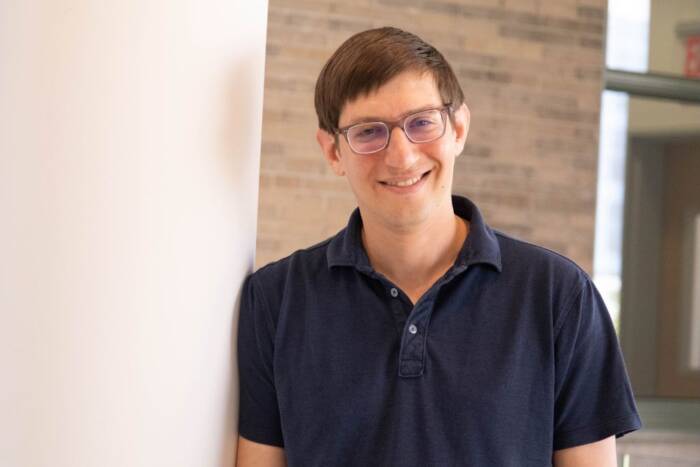Insights into the spliceosome suggest new explanations for generating biological complexity
While politicians debate whether evolution occurs, scientists are busy debating how it occurs. Now, new research from Rockefeller’s Magda Konarska suggests that there are more ways than previously thought to achieve the impressive complexity characteristic of humans.
Many organisms — including humans — evolve in part by using a complex mechanism by which strands of RNA are spliced together in a two-step process, and delicate balancing of the way this process is executed can generate an enormous number of new gene products, providing a vast reservoir of material for selection during evolution.
As cells go about their work, information encoded in every gene is first copied to a strand of RNA before it can be used to make a protein. But between the “important” coding sections of RNA lie non-coding patches — introns — and as RNA is made it’s the job of a cellular machine called the spliceosome to chop the introns out and splice the rest of the coding sections back together. Made up of five small RNA strands and hundreds of proteins, the spliceosome catalyzes the two-step splicing reaction. Using yeast as a model system to help understand how the more complex human spliceosome works, Konarska, in collaboration with Charles Query at the Albert Einstein College of Medicine and Josep Vilardell at the Centre de Regulacio Genomica in Barcelona, Spain, concluded that the two steps in this process require the spliceosome to change its shape, flipping back and forth between two distinct conformations.
These two spliceosomal conformations are in competition, meaning a spliceosome can only be in one conformational state at a given time. Changes in the balance between these two states — referred to as equilibrium — will cause the spliceosome to dwell longer in one conformation at the cost of the other, improving one of the two steps of splicing, to the detriment of the other step. Mutations either in spliceosomal components or in the intron RNA strands can change how the RNA and the spliceosome interact with one another and thus affect the equilibrium. In some situations, this can allow the splicing of otherwise defective introns.
In fact, there are an abundance of such mutated intron splice sites in human DNA, also called alternative splice sites. The spliceosome would not normally recognize and splice them, but when the equilibrium of the spliceosome is changed — either because the mutated splice sites interact with it differently or because other accessory molecules bind to the spliceosome — they can be recognized and spliced. The utilization of alternative splice sites allows for different combinations of coding RNA sequences to be put together, so that one RNA transcript can make a variety of different products, each with a potentially different function. This explains why, when the human genome was first sequenced, relatively few genes were found; the use of alternative splice sites means those few genes can create a wide variety of proteins.
“Our two-step model helps to explain how the spliceosome can work. This helps us to understand not only ‘normal’ splicing, but also its more complicated version — alternative splicing,” says Konarska. “By pushing the equilibrium in one direction or another, through changes to the splice sites or the factors in the spliceosome itself, an alternative splice site can be recognized and used. This has allowed our genome to develop in complexity.”
Molecular Cell 21(4): 543-553 (February 17, 2006)(opens in new window)


